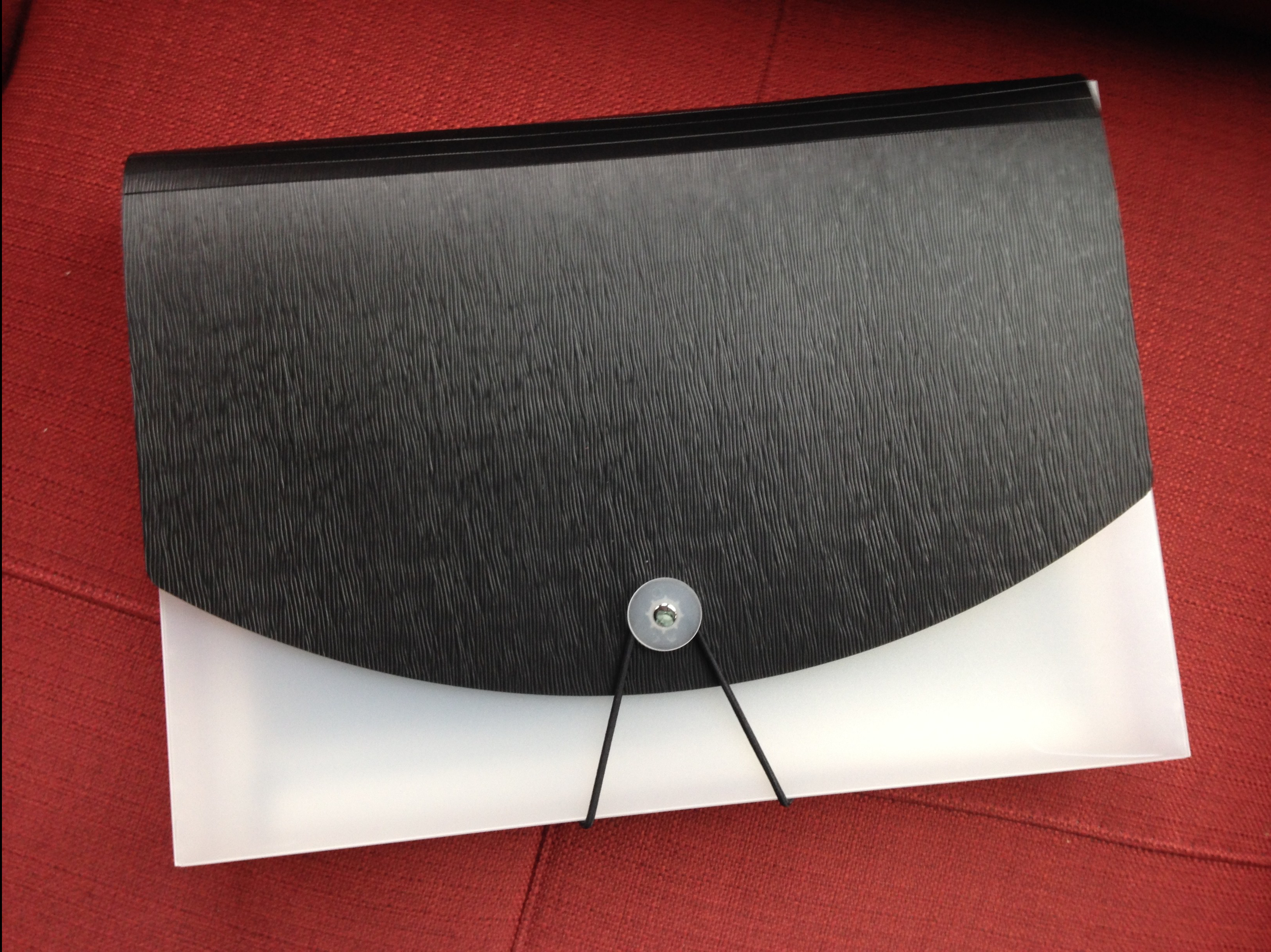As the days move closer to our daughter’s college move-in day, I start to get a little worried that we haven’t taught her all the life skills she’ll need when she’s off on her own. She can cook. She knows how to sort laundry. She seems to have a pulse on basic money management. So what are we missing?
One area that can be overlooked by parents preparing their students to launch is a basic understanding of organizational skills, specifically organizing and filing paperwork. In spite of our growing paperless options, paperwork does still exist. Credit card receipts, tax paperwork, insurance documents, and financial aid forms can still come in print. Your student will need a simple system to help house and manage these documents.
Paperwork, Receipts, and Organization…Oh, My!
Organizing paperwork may seem like a no-brainer to those of us who’ve been doing it for years, but it is one of those things that our children may not automatically think about. Consider it another teachable moment, just a little further up the line from how to ride a bike and to not eat glue—another step toward “adulting.”
Start by teaching your child how to keep basic records and set up a simple filing system. I’m not suggesting you stuff a four-drawer filing cabinet in the trunk of your car on move-in day. Instead I recommend purchasing a simple accordion file, available at any office supply store. This inexpensive file folder takes up very little space and can travel home with your student if they need to share some paperwork with you.

Here’s one in basic black, but they come in a variety of colors, sizes and styles.
This folder is where your student will file important paperwork such as credit card and ATM receipts, bank statements, card statements, university documents, tax information, and miscellaneous communication pieces.
First Things First
Once you purchase the accordion file, the very first thing your student should do is photocopy the front and back of each of their credit and debit cards and file them under “Credit Cards.” That way, if their wallet is ever stolen, they have the account and phone numbers needed to call and cancel the cards immediately. It is wise for you to keep a second copy in a safe place at home as well.
In addition, good bookkeeping also comes in handy at tax time. Unless you’re an accountant, tax paperwork can be confusing for any adult. Don’t assume your student understands the process or the paperwork. Yes, another teachable moment. Be sure to explain to your child which records are required for tax purposes.
What to File
What kinds of paperwork should your student be saving? This list includes, but is certainly not limited to:
- Tax returns and W-2s
- Credit card receipts and statements
- Anything related to financial aid
- Bank statements
- Pay stubs (if applicable)
- Insurance policies
- Warranties and receipts for purchases such as computers and books
- Medical information (allergies, medications, conditions)
- Copy of medical insurance card
- Emergency contacts (parents, guardians)
Tuck it Away
Another reason this small filing folder comes in handy is that it can be tucked away in the back of a closet or drawer. With all of this personal information in one place, it is not the thing your student should leave laying around in public view. But its location is something that could be shared with a trusted roommate or friend, to be accessed only in case of an emergency.
Need More Support as You Prepare to Launch?
Don’t let the packing process overwhelm you or your student! Pick up a copy of Out to Sea: A Parents’ Survival Guide to the Freshman Voyage today for more practical ideas on preparing for the launch, including lists on what to pack and NOT to pack and best practices for move-in day.

